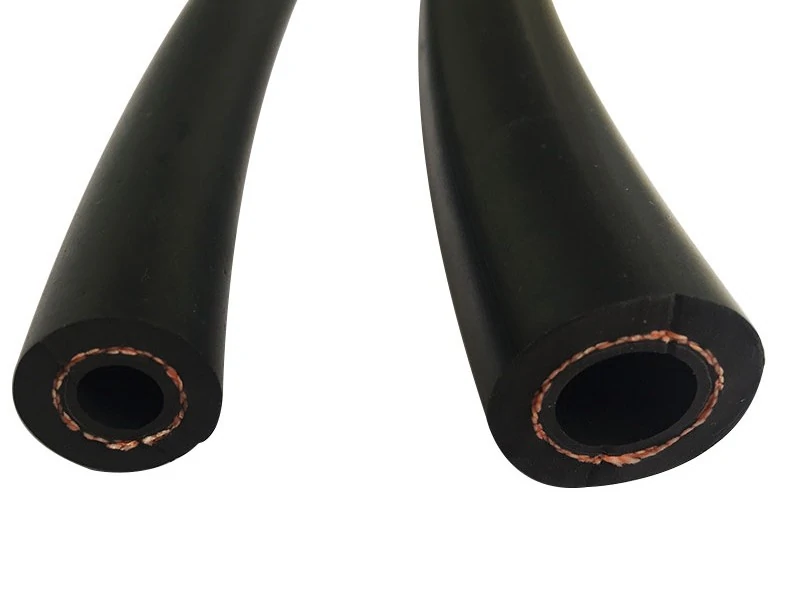335345435
Aug . 14, 2024 13:01 Back to list
Understanding the Functionality and Applications of Hydraulic Pipe Unions in Fluid Systems
Understanding Hydraulic Pipe Unions Key Components in Fluid Systems
Hydraulic systems are pivotal in various industrial applications, including construction, manufacturing, and agricultural machinery. One critical component in these systems is the hydraulic pipe union. This article delves into the significance, types, and maintenance of hydraulic pipe unions, shedding light on their role in ensuring efficient fluid transfer and system integrity.
What is a Hydraulic Pipe Union?
A hydraulic pipe union is a fitting that connects two piping segments within a hydraulic system. It allows for the easy disconnection of pipes for maintenance, repair, or modification without disrupting the entire system. These unions create a tight seal to prevent leakage, which is crucial in high-pressure environments characteristic of hydraulic applications.
Types of Hydraulic Pipe Unions
Hydraulic pipe unions come in various types, each designed to fulfill specific requirements. The most common types include
1. Threaded Unions These unions feature male and female threads that allow for easy assembly and disassembly. They are widely used in systems where portability and frequent maintenance are required. However, care must be taken to ensure the threads are properly sealed to prevent leaks.
2. Flanged Unions This type of union consists of two flanges bolted together with a gasket in between to create a seal. Flanged unions are ideal for applications requiring a high degree of strength and reliability. They can handle larger diameters and higher pressures than threaded unions, making them suitable for heavy-duty applications.
hydraulic pipe union

3. Compression Unions Compression unions utilize a compression fitting mechanism that allows pipes to be joined without threading. They consist of a nut, a ferrule, and a body, which together compress the pipe against a seating surface as the nut is tightened. This type of union is particularly beneficial in applications involving soft or thin-walled materials.
4. Swivel Unions Swivel unions allow for rotational movement between connected pipes or hoses. This is essential in systems where there is movement or vibration, as it helps to relieve stress on the connections and prevents fatigue over time.
Importance of Proper Maintenance
Maintaining hydraulic pipe unions is crucial for the overall performance and longevity of hydraulic systems. Regular inspection for signs of wear, corrosion, or leaks can prevent catastrophic failures. It is essential to ensure that unions are correctly torqued to specifications, as this will help maintain the integrity of the seal.
Additional maintenance tasks include
- Checking for leaks Regularly monitoring for any signs of fluid leakage around the unions can help identify early signs of failure. - Cleaning Dirt and debris can compromise the seal, so keeping unions clean is vital for optimal performance. - Replacing worn parts Any damaged or worn components should be replaced immediately to prevent further damage to the hydraulic system.
Conclusion
Hydraulic pipe unions are integral components in the fluid dynamics of hydraulic systems, facilitating efficient connections that can withstand high pressures and varying conditions. Understanding the types of unions available and their appropriate applications is essential for anyone working with hydraulic systems. Additionally, regular maintenance ensures the longevity and reliability of these critical connections, contributing to the overall efficiency and safety of hydraulic machinery. By prioritizing proper care and understanding the functionality of hydraulic pipe unions, industries can maximize their operational efficiency and minimize the risks of downtime caused by hydraulic failures.
-
SAE 100 R17 Black Smooth Cover Hydraulic Hose
NewsMar.07,2025
-
SAE 100 R17 Black Smooth Cover Hydraulic Hose
NewsMar.07,2025
-
SAE 100 R17 Black Smooth Cover Hydraulic Hose
NewsMar.07,2025
-
SAE 100 R17 Black Smooth Cover Hydraulic Hose
NewsMar.07,2025
-
SAE 100 R17 Black Smooth Cover Hydraulic Hose
NewsMar.07,2025
-
steel wire braided hydraulic hose
NewsMar.07,2025



